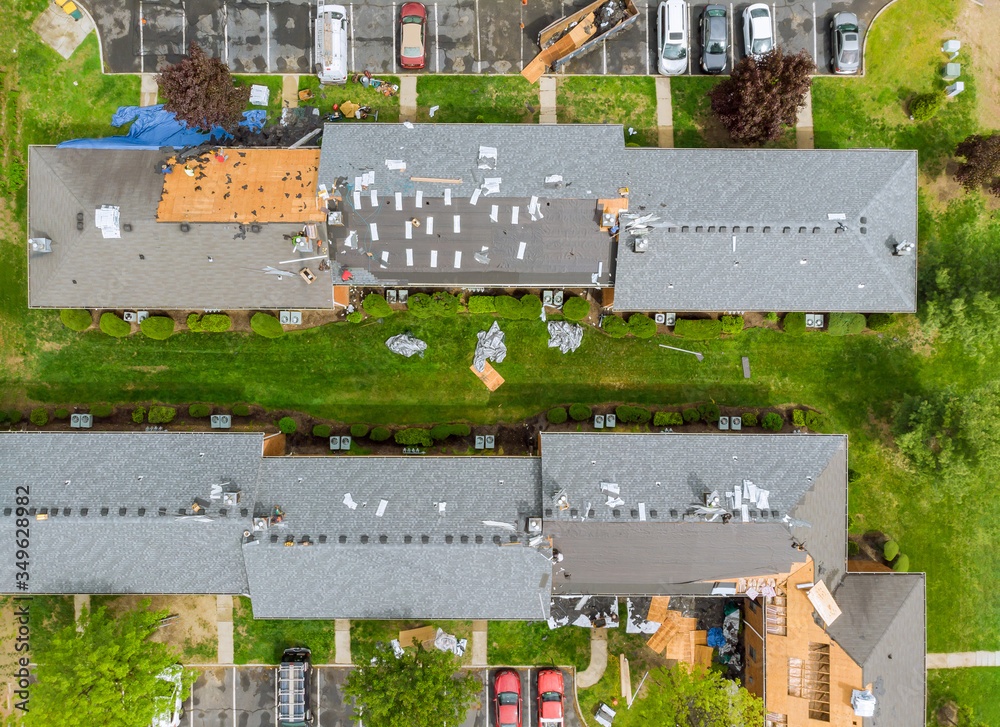
Your roof is a considerable investment to protect your home through many seasons to come. Consider the following factors to ensure the best roof installation for your home.
Roofing Materials and the Weather
Your roof is the first line of defense against the weather. So it has to withstand the harsh weather elements of your local climate. Temperature fluctuations can cause cracks around the roof’s flashing. The flashing may shrink, creating an opening for leaks. Also, the Fasteners will loosen due to a sudden rise in temperatures after the cold season.
Therefore, the weather is an essential factor to consider in minimizing the frequency of future roofing repairs. The quality of the installation will also determine the longevity of your roof.
Is your Roof’s Slope Flat or Steep?
The pitch will influence the choice of materials and support structures to install on the roof. For example, the slope determines the position of gutters for optimum water collection. Otherwise, it may not drain rainwater into the gutters properly. A low-pitch roof will require materials that can guarantee a watertight installation. Most experts recommend rolled roofing for low-slope structures and outbuildings. It is an inexpensive material for workshops or sheds.
The material’s aesthetic is more crucial for a high-pitched structure. The entire roof plays a primary role in your home’s curb appeal. Additionally, the higher the pitch, the more expensive the installation.
Ease of Installation
Another factor to consider is the ease of installation. For example, you may like the aesthetics of slate tiles, but the underlying structure is not stable enough to support it. The installation process may incur additional costs and take longer than expected. You may want to consider lightweight options such as galvanized metal roofing. They are resistant to rot and mold and are increasingly common in regions with heavy snow. Metal can withstand extreme weather and has minimal roofing repairs and maintenance demands.
Manufacturers have recently developed lightweight versions of clay, concrete, and slate roofing. They come with a Class A fire rating and last for 50 years. Nonetheless, consult a roofing professional before the installation.
Consider the Durability of the Material
Several factors will determine your roof’s durability. Ensure the material is wind-resistant if you live in a region that experiences frequent storms and strong winds. Algae-resistant shingles are ideal for humid climates.
A new roof installation ought to provide adequate protection for the entire structure. The quality of the installation process will impact the durability of your home’s roof.


